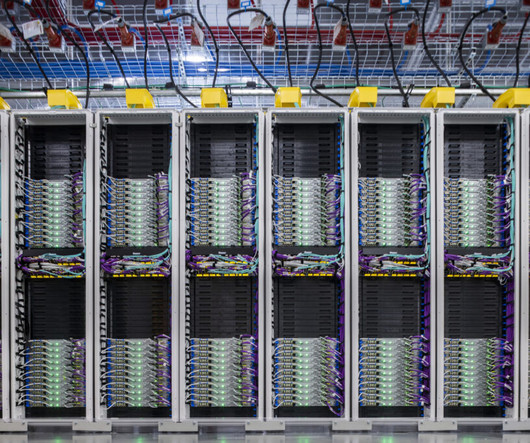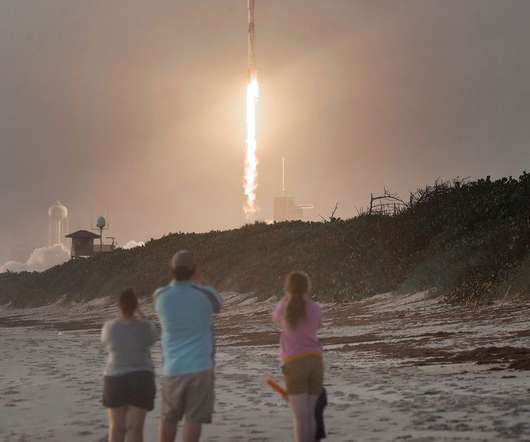Capital spending soars in the cloud as Microsoft, Google, and others bet big on AI demand
GeekWire
APRIL 30, 2024
Amy Hood, Microsoft’s chief financial officer, told analysts that CapEx will keep growing in the 2025 fiscal year, which starts in July. “They’ve become hardware companies,” Fitzgerald said. Microsoft’s capital expenditures rose 79% to a record $14 billion in the March quarter. billion in revenue.














Let's personalize your content